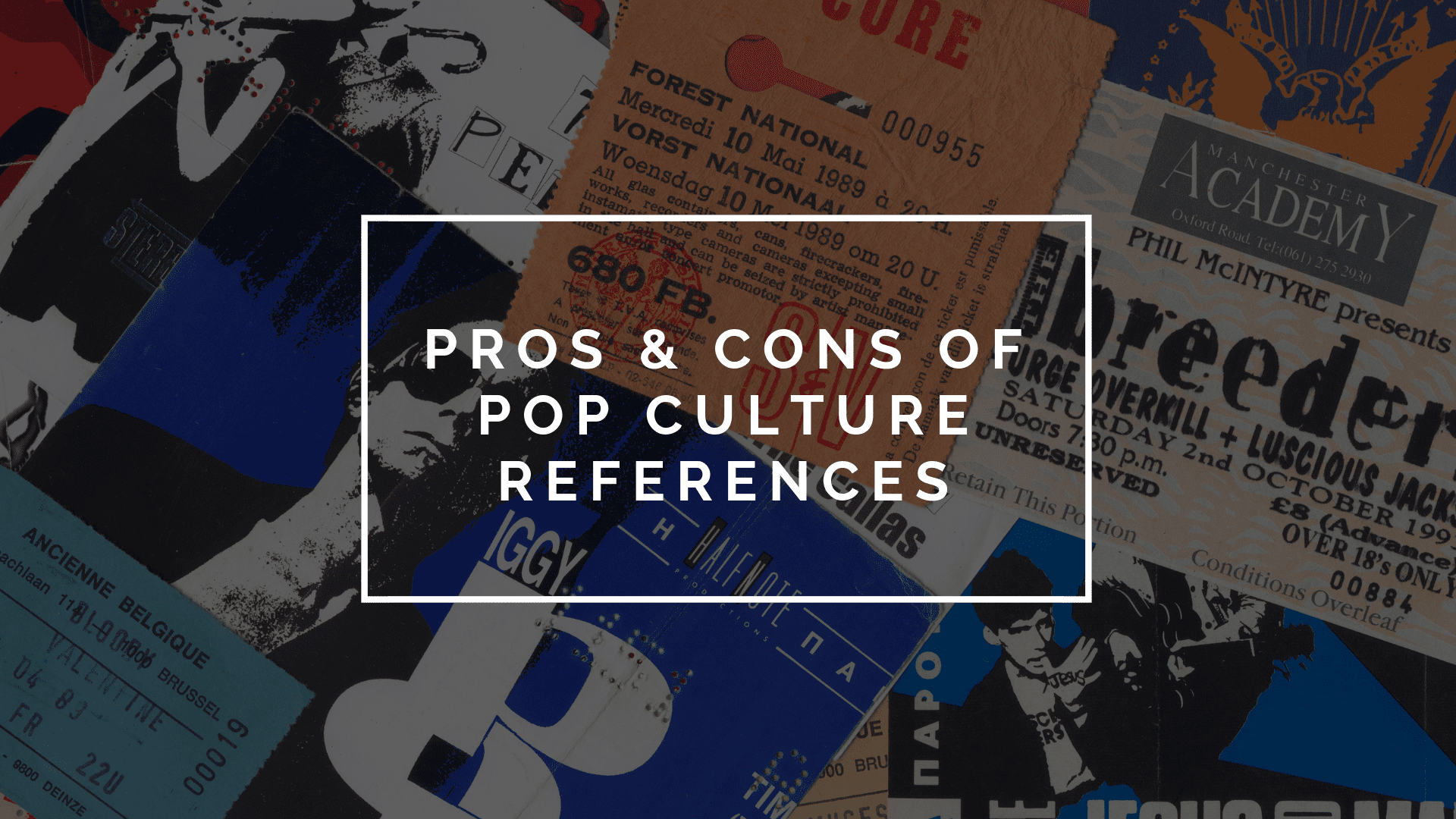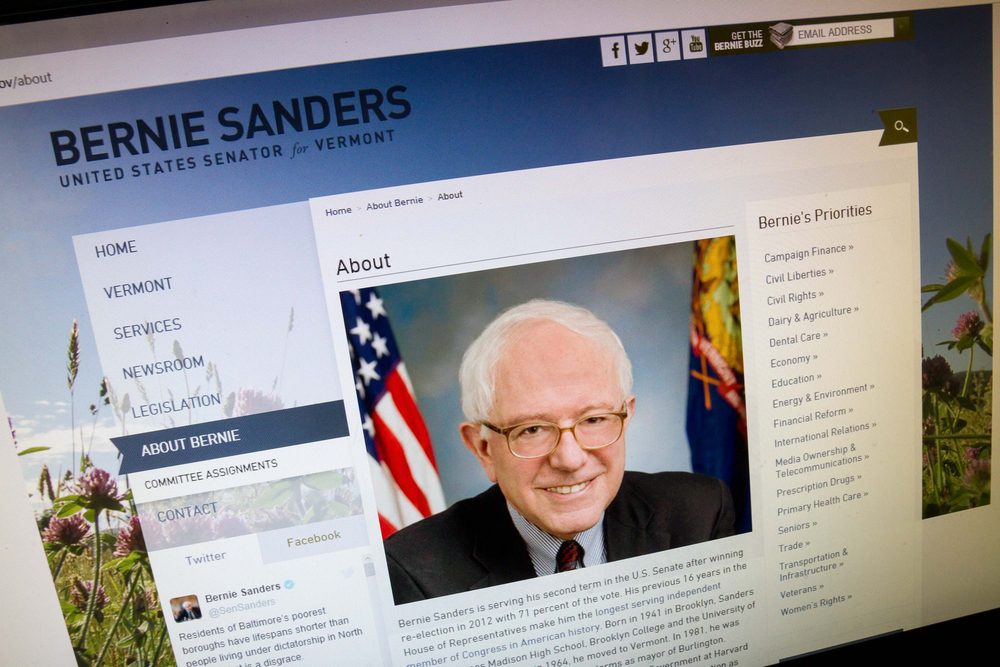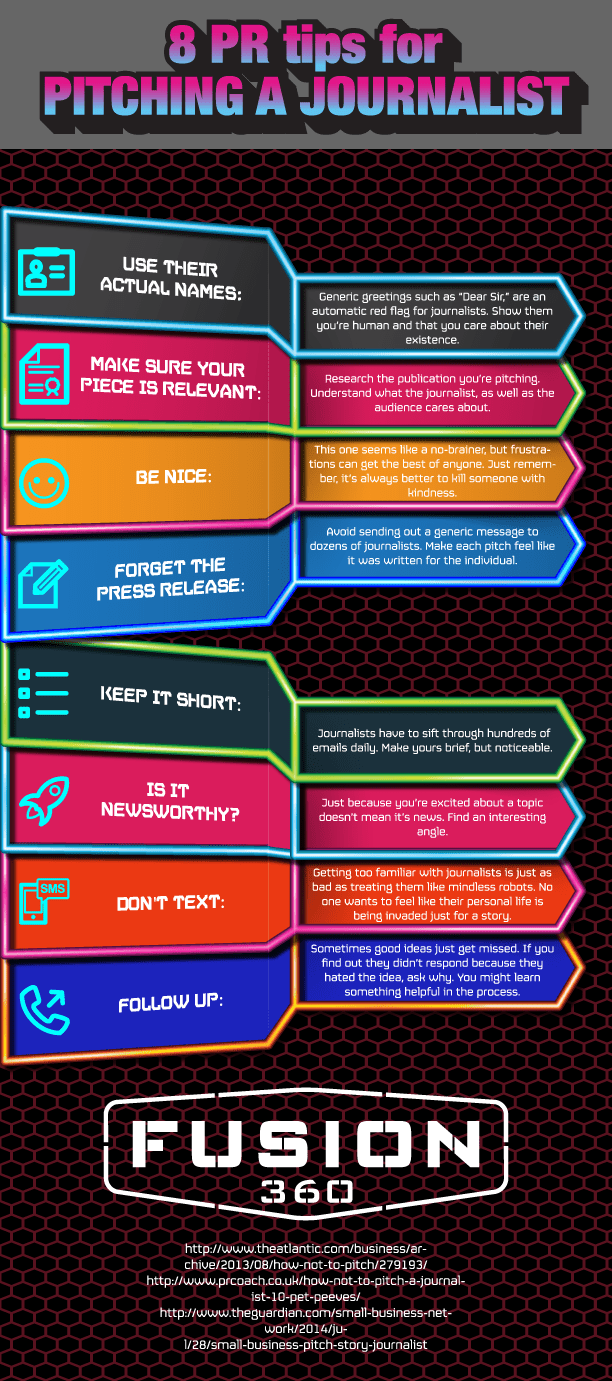
Brands today have started to focus on ways that they can make their content more efficient. From blog posts to videos and social media posts, it’s important for companies to produce written work, videos, and graphics that will resonate with their audience; if you fail to make your content engaging, you’re not going to see results. When it comes to the type of content that reaches an audience more than any other piece, it really depends on the person, but all kinds of people today are watching more videos than ever.
Video production companies are going to be looking to capitalize on the opportunity they have to connect with audiences and start leading the world in digital marketing. However, how do video production companies do this? They have to find ways to incorporate current events and trends into their videos.
In recent years, video production companies, as well as marketing agencies, have begun to include pop culture references into their content to make it more appealing to audiences, but does this really work? When it comes to pop culture in the world of digital advertising, there are a few upsides and some downsides.
The Pros of Pop Culture References
Pop culture references in social media content are ideal because it produces some of the most eye-catching and tempting clickbait out there. Pop culture references make it hard for people to ignore pieces that include topics that are relevant to them. When a post is able to captivate the audience just on its title alone, the higher the chances of that company obtaining more traffic to their pages. From YouTube videos to blog posts, a crafty title with a pop culture reference and a keyword is sure to draw in an audience.
Another reason video production companies and marketing agencies choose to use pop culture references are because they provide easy explanations for complex issues. This is especially effective if you’re trying to reach and engage with a younger audience. If you use a current pop culture reference as a metaphor to a widely known tread, it will make that piece of content all the more easy to understand.
The Cons of Pop Culture References
Of course, using these references also has its downside. While pop culture references can, in fact, make a current world issue or trend simpler to understand, they can also distort reality and cause misinterpretation from certain groups. While a video production may have used the reference with no ill intent in mind, their audience can misinterpret the information, which can lead to dangerous outsiders stereotyping the company.
Another disadvantage that comes with using pop culture references in media is that they have a short shelf life. These references usually die out within a set amount of time, and you’ll soon have to look for the next reference to replace your current choice. This can get confusing for audiences and can even discredit your content as well. Pop culture is always changing, and it is near impossible to keep up with it 100 percent of the time.
While using pop culture references may have its benefits, makes sure that you understand the consequences that may come with it so that you can avoid any media disaster.












